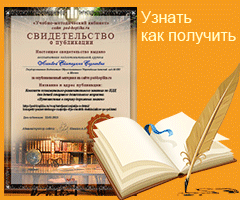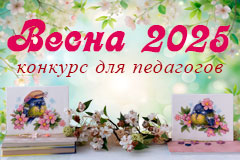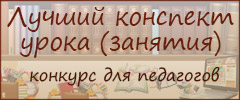Конспект урока английского языка в начальной школе. Исчисляемые и неисчисляемые существительные
Конспект урока по английскому языку «Исчисляемые и неисчисляемые существительные»
Автор: Суханова Анна Михайловна, учитель английского языкаМесто работы: ГБОУ лицей № 384, г. Санкт-Петербург
Описание работы: В конспекте урока продемонстрирована последовательность работы над активным грамматическим материалом в начальной школе (введение и отработка материала по теме "Исчисляемые и неисчисляемые существительные"). Урок предназначен для учащихся младших классов и будет полезен учителям английского языка.
Тип урока: комбинированный
Цель урока: Введение и отработка грамматического материала “much”, “many”, развитие навыков говорения
Задачи урока:
Образовательные:
1. Ввести грамматический материал “much”, “many”
2. Закрепить лексику по теме “Food”
3. Развить навыки употребления исчисляемых и неисчисляемых существительных и вопросов “How much?”, “How many?” в монологической и диалогической речи
4. Совершенствовать слухо-произносительные навыки
Воспитательные:
1. Воспитать познавательный интерес к предмету и уважительное отношение к собеседнику
2. Создать благоприятную для учащихся атмосферу урока
3. Формировать способности к сотрудничеству при работе как в паре так и в группе
Развивающие:
1. Формировать способность к распределению внимания, к анализу и сопоставлению
2. Развить языковую догадку, память, мышление и воображение учащихся
Ход урока
1. Организационный момент What date is it today? What day is it today? What’s the weather like today? Who is adsent today?
2. Сообщение темы урока
Let’s look at the photo! What are we going to talk about today?
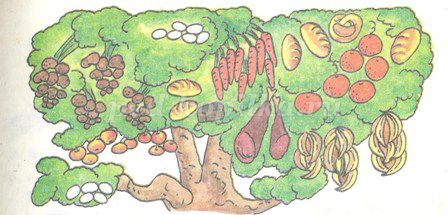
3. Фонетическая зарядка и повтор лексического материала
(Ученики хором повторяют звуки и слова за учителем)
4. Объяснение нового грамматического материала
My friend lives in a fairy land, where food grows on trees! Just imagine this! And this photo is from him.
(Один мой друг живет в сказочной стране, где еда растет прямо на деревьях! Вот какое фото он нам прислал!)
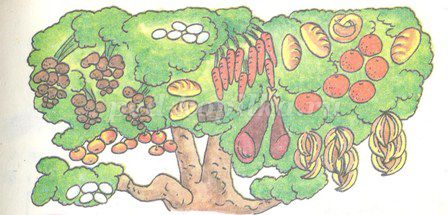
There is much bread on the tree. There is much meat on the tree! (Учитель демонстрирует картинку волшебного дерева и объясняет, что слово "мясо" относится к неисчисляемым существительным. We can't count meat).
5. Овладение новым грамматическим материалом
Let’s look at these pictures and divide them into 2 groups: countable and uncountable nouns.
Countable nouns / Uncountable nouns
(Учитель указывает на изображения еды и спрашивает учащихся, какие из слов являются исчисляемыми, а какие неисчисляемыми)
6. Устное введение грамматической структуры в речи учителя
Let’s come back to our photo: look at it and listen to me, please.
Are there many potatoes on the tree? – Yes there are, there are many big potatoes on the tree.
Are there many tasty carrots? – Yes there are, there are many tasty carrots.
Is there much meat? – Yes there is, there is much fresh meat.
Is there much bread? – Yes there is, there is much bread.
Are there many bananas? – Yes there are, there are many bananas.
7. Освоение звуковой формы хором и индивидуально (повторяем вместе с учителем хором, без учителя хором, индивидуально)
Listen to me: Are there many oranges? – Yes there are, there are many oranges.
Repeat after me: There are many oranges.
Listen to me: Is there much meat? – Yes there is, there is much meat.
Repeat after me: There is much meat.
Listen to me: Are there many eggs? – Yes there are, there are many eggs.
Repaet after me: There are many eggs.
Listen to me: Are there many sweets? – No there aren’t, there aren’t many sweets.
Repeat after me: there aren’t many sweets.
Listen to me: Is there much bread? – Yes there is, there is much bread.
Repaet after me: There is much bread.
Listen to me: Is there much coffee? – No there isn’t, there isn’t much coffee.
Repeat after me: There isn’t much coffee
8. Освоение структуры в учебном разговоре
- Now I will ask you and you will answer my questions all together (учитель-класс)
Are there many bananas? – Yes there are, there are many bananas.
Is there much porridge? – No there isn’t, there isn’t much porridge.
Are there many oranges? - Yes there are, there are many oranges.
Is there much bread? – Yes there is, there is much bread.
Are there many cakes? – No there aren’t, there aren’t many cakes.
Is there much milk? – No there isn’t, there isn’t much milk.
- (учитель-ученик)
Nikita, there is much tea on the tree, isn’t there ? – No there isn’t, there isn’t much tea on the tree.
Liza, there are many hamburgers on the tree, aren’t there? – No there aren’t, there aren’t many hamburgers on the tree.
Vova, there are many apples on the tree, aren’t there? – Yes there are, there are many apples on the tree.
Anya, there is much meat on the tree, isn’t there? – Yes there is, there is much meat on the tree.
- (ученик-класс)
Dear pupils! Look at this photo! This is Mary.
She doesn’t know about this magic tree. Let’s tell her about it and aswer her questions, but don’t forget to be polite!
Sasha: Hello Mary! This is magic tree. There are many carrots, oranges and eggs on it. There is much bread and meat on it.
Anya, you will be Mary who wants to know more about fruit and vegetables on this tree. You can ask questions to your classmates.
Anya: Are there many potatoes on the tree?
Is there much lemonade on the tree?
Are there many biscuits on the tree?
Is there much cheese on the tree?
Is there much juice on the tree?
Are there many apples on the tree?
9. Наполнение структуры изученной лексикой
My friend has sent some photos of fruit and vegetables from his magic tree. Now each of you will get a photo and tell us what else grows on this magic tree.
Друг еще прислал фото с плодами с его сказочного дерева (выдаются отдельные картинки). Сейчас каждый получит фотографии и скажет нам, что еще в изобилии растет на его волшебном дереве (ответы учащихся)
There is much milk on the magic tree.
There are many strawberries on the magic tree.
There is much honey on the magic tree.
There are many tomatoes on the magic tree.
There is much soup on the magiс tree.
There are many pineapples on the magic tree.
There is much chocolate on the magic tree.
10. Освоение структур в учебном разговоре различного типа (ученик-ученик, работа в группе)
a) I eat many sweets and you, Liza? Do you eat many sweets? – Yes I do, I eat many sweets too.
Ask your partner and tell the class. Use the words:
Do you eat many apples, sweets, oranges, bananas, pineapples, potatoes, tomatoes, eggs, carrots, hamburgers, bread, meat, porridge?
Do you drink much tea, coffee, juice, water, milk, Coke, lemonade?
Nikita asks Anya: Do you eat much (soup, bread, cheese, porridge)?
Do you eat many (hamburgers, sweets, cakes, apples)?
Do you drink much (tea, lemonade, juice)?
Nikita says: Anya eats much cheese, many sweets and apples. She doesn’t eat much porridge, many hamburgers. She drinks much juice and tea.
b) На доске 2 картинки (картинка с апельсинами и картинка с мясом). Под картинкой с апельсинами учитель записывает: How many oranges are there?, выделяет "How many" и произносит предложение. Учащиеся повторяют хором и индивидуально. Под картинкой с мясом учитель записывает: How much meat is there?, выделяет "How much" и произносит предложение. Учащиеся повторяют хором и индивидуально.
Look at my pictures! How many oranges do you see? – A lot!
How many oranges do you see? – Not many!
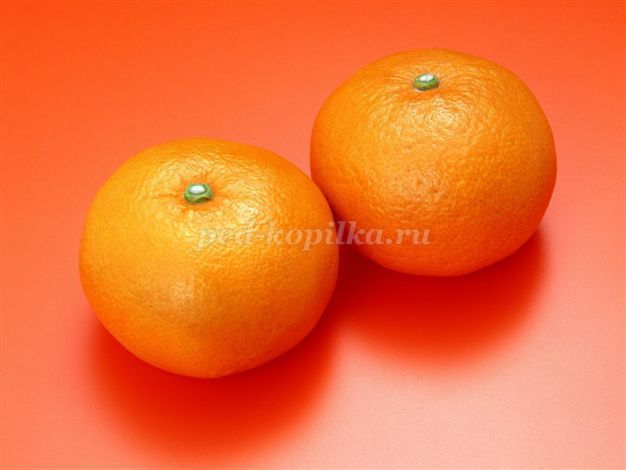

c) Make up questions and ask them to your partner then in groups (ученик-ученик, работа в группе)
eggs you drink at breakfast?
How many bananas do they eat at lunch?
juice at dinner?
How much oranges does he every day?
bread she
milk
pineapples
water
apples
carrots
d) Now let’s play some games!
- Учитель делит учащихся на три группы и раздает каждой группе картинки с едой. Под картинкой записаны вопросы: How many oranges do we need? или How much meat do we need? К этим картинкам учитель раздает предложения-ответы: A lot!, Not many!, Not much! Учащиеся прикрепляют ответы к этим картинкам. Побеждает та команда, которая сделает меньше ошибок.
- На карточках написаны предложения. Учащиеся каждой команды выбирают правильный вариант, за каждое правильное предложение – 1 балл. Затем карточки сдаются и подсчитываются баллы каждой команды.
How many/much bananas are there?
How many/much cheese is there?
How many/much lemonade is there?
How many/much bread is there?
How many/much hamburgers are there?
How many/much chocolate is there?
How many/much potatoes are there?
How many/much pineappleas are there?
How many/much oranges are there?
How many/much milk is there?
How many/much meat is there?
How many/much eggs are there?
11. Закрепление и осознание нового грамматического материала (Ученики сами выводят правило)
- Look at all these questions! Where do we use the form “is” and “are”?
How many potatoes ________ there?
How much cheese _________ there?
How many potatoes are there?
- A lot!
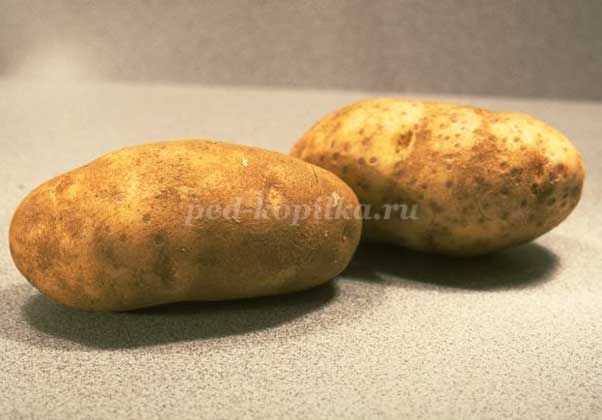
How much cheese is there?
- A lot!
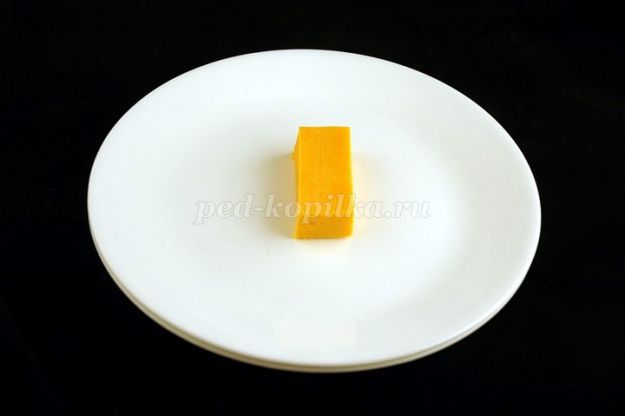
- Look at the picture, make questions and answers
1. How much cheese is there? – A lot.
2. ... ham...
3. ... cakes...
4. ... sweets...
5. ... bread...
6. ... cucumbers...?
- Make up questions from the words
1. Carrots/there/how/are/many?
2. Much/tea/how/there/is?
3. Are/there/biscuits/many/how?
4. Coffee/is/how/there/much?
5. How/meat/is/there/much?
6. Bread/there/much/is/how?
- Now I’ll give you the pictures again. Ask the questions (How many-How much) in pairs and answer them (A lot, not much, not many)
Учитель раздает картинки, учащиеся в парах задают и отвечают на вопросы.
- Ask your partner
a) how many exersice-books there are in the schoolbag,
b) how much water there is in the schoolbag,
c) how many apples there are in the schoolbag,
d) how many students’ books there are in the schoolbag,
e) how many sweets there are in the schoolbag?
12. Feedback
Did you enjoy the lesson? What did you learn at the lesson?
13. Hometask
Your hometask will be to ask (How many, How much questions) and answer the questions (Not many, Not much or A lot) on the picture in your textbook and then describe it (There is/isn’t/are/aren’t much/many).
Рекомендуем посмотреть:
 Внеклассное мероприятие для учащихся начальной школы на английском языке
Внеклассное мероприятие для учащихся начальной школы на английском языке
 Учебно-методическая разработка урока английского языка 3 класс
Учебно-методическая разработка урока английского языка 3 класс
 Конспект урока по английскому языку для 2 класса на тему: «Утром. Настоящее простое время»
Конспект урока по английскому языку для 2 класса на тему: «Утром. Настоящее простое время»
 Тест для контроля умения аудировать для учащихся младшего школьного возраста
Тест для контроля умения аудировать для учащихся младшего школьного возраста
Похожие статьи:
Конспект урока по английскому языку для 2 класс по теме Профессии
Конспект урока английского языка, 2 класс по теме: Семья
Конспект комбинированного занятия ко Дню Матери, 1 класс
Конспект комбинированного занятия для 1 класса «Мастерская Санта Клауса»
Конспект итогового занятия по английскому языку в 1 классе на тему «Рождество»
Участник №230 профессионального конкурса для педагогов «Коллекция педагогического мастерства и творчества» с 15 апреля по 15 июля 2015 года
← Обучение учащихся культурно-маркированной лексике | Работа с синонимами на уроках английского языка в начальной школе →
|
|
Автор: Анна Михайловна Суханова
Опубликовано: 3574 дня назад (14 июля 2015)
Просмотров: 3626
Рубрика: Конспекты уроков
|
+5↑ Голосов: 5 |
| # 14 июля 2015 в 16:09 0 |
| # 14 июля 2015 в 19:58 +1 | ||
|
| # 15 июля 2015 в 17:01 0 | ||
|
| # 16 июля 2015 в 01:54 +1 | ||
|
| # 15 июля 2015 в 20:33 0 | ||
|
| # 16 июля 2015 в 01:54 +1 | ||
|
| # 26 июля 2015 в 14:45 +1 |
